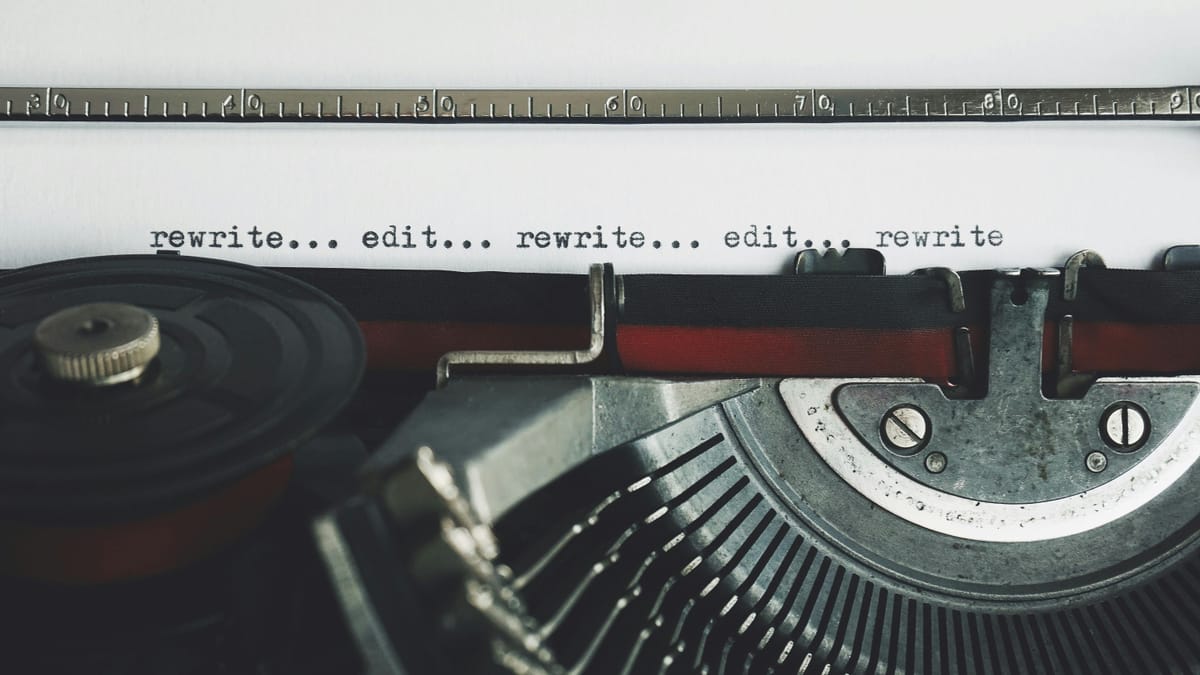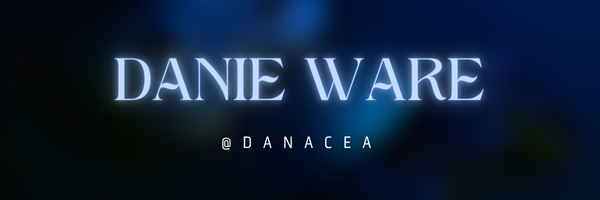Edits: A Quick How-To
Or: Killing Those Darlings

Having just finished a very intensive edit (no big changes, but quite fiddly, and more putting stuff in than taking stuff out, tbf), I thought I’d jot down some thoughts. Every book is different, every edit is different, but some stuff does remain constant.
First up, read the meta or topnotes, understanding and taking on board any larger narrative changes. Then read the MS and its inline comments through, end to end, getting a full overview. For this initial read, change nothing. Get a feeling for your editor’s vibe and reactions, for how they see the work, and for what they’d like you to do.
Danie’s Substack is a reader-supported publication. To receive new posts and support my work, consider becoming a free or paid subscriber.
A good editor is objective, so the comments should feel very much ‘this doesn’t work’ not ‘I don’t like this’. If you’ve had edits before, you’ll also be aware of your own strengths and weaknesses (for eg: I’m good at atmospheres, and world- and tension-building, but can often get carried away, assume things are implicit, and not drill down to enough fine detail. I’m forever getting told to explain stuff!)
It’s usual to feel a bit anxious, and you may well get an initial round of ‘don’t wanna’. You may even disagree with some of the comments that your editor has made. In the first instance, do nothing about this. Make a (mental) note, if you feel it’s necessary, but try to put those feelings to one side.
When you’re ready to begin, turn on your Track Changes and make sure you keep a notebook to hand. I usually start on the smaller stuff first, making the little and more cosmetic edits and getting those out the way. If you do this, it’ll give you a second full read-through, while you still keep the bigger changes in your head, and think about how to apply them.
The notebook is for consistency niggles, where you find something capitalised or hyphenated in one place, but not in another. You can usually fix these with a Find/Replace.
As you work through the MS, you’ll start to see that (duh) your editor’s probably right. The ‘don’t wannas’ will fade and you’ll get a clearer impression of their view of the story.
With the small things done, I start on the big things, which may or may not include structural and plot changes, the teasing through of narrative themes or threads, or adjustments to character arcs. These can be a pain, as you’ll probably have to re-thread them right the way through the manuscript and there may a certain amount of pulling them in one place, and them coming unravelled in six others. Usual reactions include swearing, stamping, long walks, fussing cats and copious amount tea, and that’s all fine.
With that done, I usually drill my way back down to the tweaks, making sure everything’s still in order. Sometimes, this may take more than one pass, if the edits are complicated, or if you’re still struggling with something (and if you are, you can probably poke your editor for help).
Finally (and this is a personal thing, you should probably ask first), I give the entire MS a final read-though with the Track Changes turned off. This is to ensure, that after all the mucking about, that the cadence still works and the paragraphs flow as they should. And a last spellcheck, just to make sure.
Once you reach the end, you’ll realise that your editor was right. It’s what they do, after all. It is possible to argue a point, but only if you feel really strongly about something (let go of those em-dashes, you don’t need them). Honestly, I can’t count the times I’ve gone to make some silly quibble, and then thought, ‘Actually, stuff it, I really can’t be bothered’ and accepted the change.
Above all, remember: your editor is your friend. They’re there to help you, and to make your book the very best book it can be.
Reading: Got halfway through Red Dust, White Snow by Pan Huiting before it (sadly) went to the charity shop. I love portal fantasy (duh), but that one was so vague I lost track. Have Stephen Fry’s Mythos up next, which is every bit as good as you’d imagine, and have been been comfort-reading Stephen Donaldson’s Daughter of Regals, originally published in ‘84, which has held up really well to the forty (blood hell) intervening years.
Watching: Delicious in Dungeon (and reading the Manga) and loving it. Really enjoying how it turns your classic D&D Mad Mage’s Maze Mayhem into a working, mini-ecosystem all of its own. Eat your heart out, Undermountain!
Playing: Returning to our Night City CyberPunk campaign tomorrow, and thoroughly enjoying being scuzzy, bottom-end edgerunners. Our old campaign, played all through the Nineties, was utterly overpowered (and more of a soap opera by the end), and it’s nice to get back to basics.
Danie’s Substack is a reader-supported publication. To receive new posts and support my work, consider becoming a free or paid subscriber.
